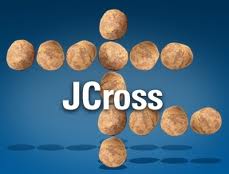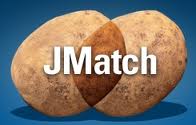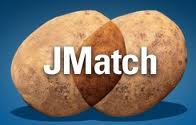In this unit we learned that a lesson plan needs more than one simple thing, is not just to copy and paste the same things according to your coursebook, it involves more than just that.
For example we learned that a lesson plan contains the next aims:
- A main aim: this is the most important aim.
- Subsidiary aims: these aims usually contain language that is already known to the learners.
- Personal aims: these show what we would like to improve or focus on in our teaching.
Furthermore, we found that the main and subsidiary aims have something in common: the stage aims, in which we can see how the lesson should be developed.
- Stage aims: these aims should contain a clear purpose for each activity that we plan. Moreover, it helps us to check that the activities in the lesson are relevant to our main aim.
We can find helpful the next simple steps in order to make a lesson plan:
- Identify and select the main and subsidiary aims
- Design or select the most appropriate stage aims and activities
- Choose the most suitable teaching aids and materials
In my humble opinion, the most important thing while planning a lesson is to think about our learners needs and abilities, it is not easy for students try to keep up with the syllabus of our coursebook. What I want to mean is that when we are teachers, sometimes we just try to stick to the coursebook materials, and we forget that learners could do it by their own at home. Let’s make the difference between a teacher lesson and a coursebook lesson!
So, go on and think about extra information with could be worth not only for our learners, but also for our personal aims.
YOU WILL FIND THE NEXT VOCABULARY ON THE FOLLOW EXERCISE:
| Subsidiary |
Stage |
Outcome |
| Exponent |
Procedure |
Aids |
| Sequence |
Syllabus |
Aim |
| Timing |
Timetible |
Personal |
| Main |
– |
– |

IDENTIFYING AND SELECTING AIMS.





